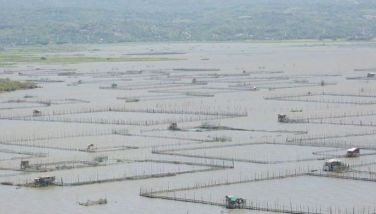DOE working to increase power reserves

MANILA, Philippines — The Department of Energy (DOE) is still working to increase the power grid’s contingency reserve from 15 percent to 25 percent to cover peak demand in the power system.
DOE Undersecretary Jesus Cristino Posadas said yesterday this is necessary since peak demand “is growing annually in pace with economic growth between six percent to seven percent, while available capacity supply is hard up to keep pace.”
The increase in reserves has been pushed since 2017 by Energy Secretary Alfonso Cusi, well before a series of yellow and red alert warnings were raised in the Luzon grid.
Posadas said the agency is working on policies that would encourage private players to invest in more power plants that will cover the grid’s peak demand.
“Private investors favor tight supply conditions which maintain high electricity prices,” Posadas said.
“The issue is how to motivate the private sector to invest on the deregulated and privatized power generation by creating a market environment of stable and predictable regulations and policies,” he added.
As grid operator of the country’s transmission network, the National Grid Corp. of the Philippines (NGCP) handles the contracting of ancillary service with generating companies to stabilize the fluctuation of power needed in the grid.
The ancillary service has three different layers to support the transmission of capacity and energy from resources to loads while maintaining reliable operation of the transmission system in accordance with good utility practice and the grid code.
The NGCP maintains the regulating reserve, which is the capacity allocated to cover inter and intra-hour variations in demand, equivalent to four percent of the demand in a specific hour.
It also maintains contingency reserve, which refers to the capacity allocated to cover the loss or failure of a generating unit or a transmission line in order to maintain balance between generation and load.
Meanwhile, it also secures dispatchable reserve, which refers to the generating capacity that is readily available for dispatch in order to replenish the contingency reserve service whenever a generating unit trips or a loss of a single transmission interconnection occurs.
However, some of these reserves are also sourced from the same generating capacities supplying to the power grid.
Cusi earlier said the ancillary service should be like a spare tire of a vehicle, which should always be available in times of trouble.
So far this month, the Luzon grid has been placed on yellow alert for six days and red alert for four days as several power plants went on unplanned outage.
Last Friday, several parts of Luzon, particularly Metro Manila, experienced two- to three-hour rotational blackouts because of the supply deficiency in the grid.
- Latest
- Trending



























